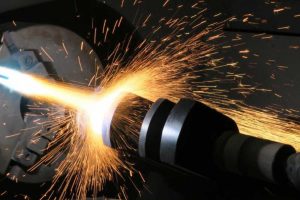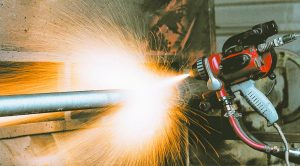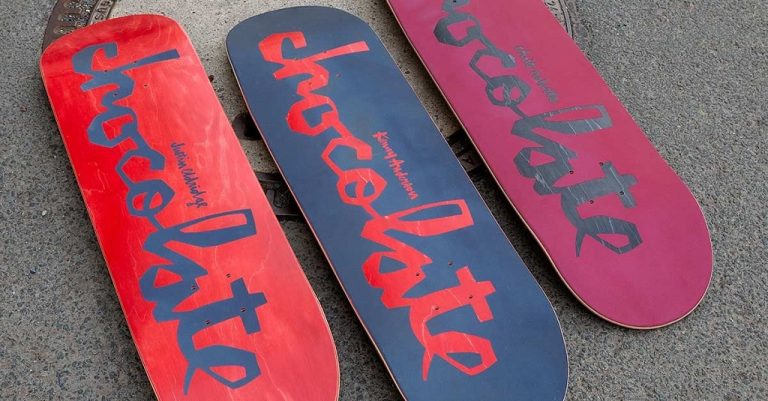Known for their versatility as well as their ability to provide impressive protection to substrate surfaces, thermal spray coatings are regularly used by a wide range of industries and sectors. From the aerospace and automotive industries, through to the manufacture of domestic appliances such as frying pans and hair straighteners, thermal spray coatings have many applications. Read on to discover more about four types of thermal spray coatings and their benefits.

Flame
Often cited as the original form of thermal spraying, flame spraying has been used as a successful coating technique for over a century. Using an oxy-acetylene flame, the coating material is melted and propelled onto the substrate with the use of compressed air. The relatively low temperature makes this a ‘cold process’, which helps to prevent damage to the substrate. There are many types of material that can be used to form a flame spray coating, such as metals and ceramics, as explored by https://www.businesswire.com/news/home/20211014005909/en/Global-High-Performance-Ceramic-Coating-Market-2021-to-2030—by-Product-Type-Technology-End-use-Industry-and-Region—ResearchAndMarkets.com.
HVOC
Short for High Velocity Oxy Fuel, a HVOF thermal spray coating is created when semi-molten powders are propelled towards a substrate at supersonic speeds. When the semi-molten powder cools, it solidifies and forms the coating, in a process which takes less than a second. A strong mechanical bond is formed between the powder and the substrate surface, providing a coating which is extremely dense, with low porosity and which offers a good control over thickness.

Plasma
A plasma spray coating is created when molten or semi-molten powders are injected into a high temperature plasma flame, where it is heated and propelled towards the substrate via a carrier gas. Temperatures can reach 14,000 K during this coating process, making it a highly specialised technique best carried out with the aid of experienced experts such as Poeton. The substrate temperature, however, can be kept low, making this type of coating a ‘cold process’, which helps to avoid damage to the targeted surface.
Arc
This type of spray coating is a cheap, fast and effective way of creating a strong bonded coated suitable for low temperature substrates. The process sees atwin wire feedstock along with an electrical arc and compressed air to propel the coating material to the target surface. Portable and well suited to coverage of large surfaces, this versatile process is popularly used for wear and component resistance, component repair and anti-fretting.













+ There are no comments
Add yours